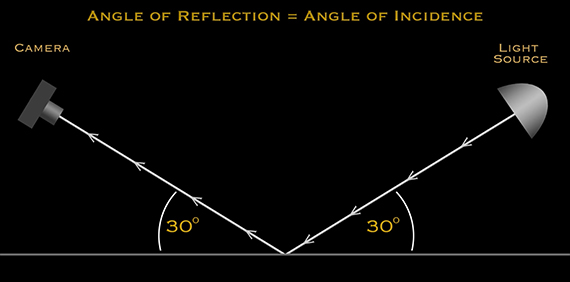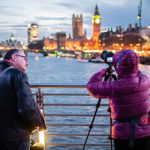Any experienced photographer will attest to the fact that light is the foundation of any image. Harold Ross is no exception. Here, he speaks in depth about the basic principles of light:
Simply put, the sentiment is this: the angle of reflection is always equal to the angle of incidence. What that means is that when a light source strikes an object, it bounces off of the object at an equivalent angle.

Sometimes this knowledge is irrelevant in the image making process. But knowing the angle of reflection is essential for light painting, and light painting can often considerably improve the look of an image. For instance, dark objects require reflection in order to give them proper depth and definition. In the image of the wind blower pictured below, lit with a single stationary main light, the dark tube of the machine is lost without reflections to provide detail.
Of course, it’s possible to adjust the light over several exposures and create a composite image as a remedy to this issue. However, opting to take a long exposure and moving the light source as the camera is recording creates a much softer, more natural looking quality of light.
Though light painting may at times seem complicated to the inexperienced eye, it instantly becomes rather intuitive when the law of incidence is applied. And just as reflection equals incidence, a better understanding of light’s principles equates to a better understanding of photography as a whole.
“Remember – always skim the light.”
Like This Article?
Don't Miss The Next One!
Join over 100,000 photographers of all experience levels who receive our free photography tips and articles to stay current:








Leave a Reply